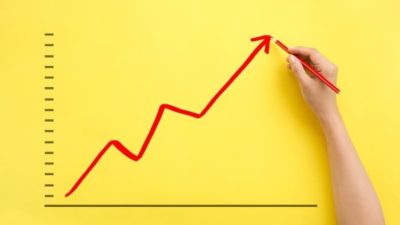One of the best performers on the All Ordinaries index this year has been the Opthea Ltd (ASX: OPT) share price.
Since the start of the year the shares of the developer of novel biologic therapies for the treatment of eye diseases have rallied over 450% higher.
To put that into context, a $20,000 investment on January 1 would now be worth $110,000.
Why is the Opthea share price up 450% in 2019?
Investors have been buying Opthea's shares in a hurry this year following the success of a study related to its OPT-302 combination therapy for treatment-naïve patients with wet age-related macular degeneration (AMD).
According to the study update, the OPT-302 (2.0 mg) combination therapy showed statistical superiority for the most accepted and sensitive primary efficacy outcome.
This has the potential to be a major positive for the company. This is because the current standard of care treatments for wet AMD had sales of US$3.7 billion in 2018.
Furthermore, there is potential for the therapy to be used for Diabetic Macular Edema (DME) as well. The current standard of care for DME generated sales of US$6.2 billion in 2018.
Combined, the OPT-302 combination therapy has a ~US$10 billion market opportunity. In light of this, I can't say I'm surprised to see its shares race higher this year.
What else has driven its shares higher?
One broker that is especially bullish on the company is Goldman Sachs. Following the study update, the broker added Opthea to its conviction list with a buy rating and $4.90 price target.
This price target implies potential upside of over 40% for its shares, even after 2019's stellar gains.
Goldman Sachs believes that "OPT-302 has multi-billion dollar potential."
Its analysts said: "As successful as current treatments have been, they only inhibit up to two of the factors responsible for the disease (VEGF-A/B). Over half of patients do not achieve significant vision gains, and a quarter experience continued vision loss. OPT-302 is intended for use in combination with these treatments, blocking a further two factors (VEGF-C/D), hence targeting improved outcomes via a more complete blockade."
In light of this, it has suggested that in the future it could achieve "non-risk-adjusted peak sales of US$5.0bn (US$2.0bn risk-adjusted), of which US$3.4bn relates to wAMD (US$1.7bn)."
I think Goldman makes some great points and Opthea could be well worth considering. Though, it is a high risk investment at this stage.








